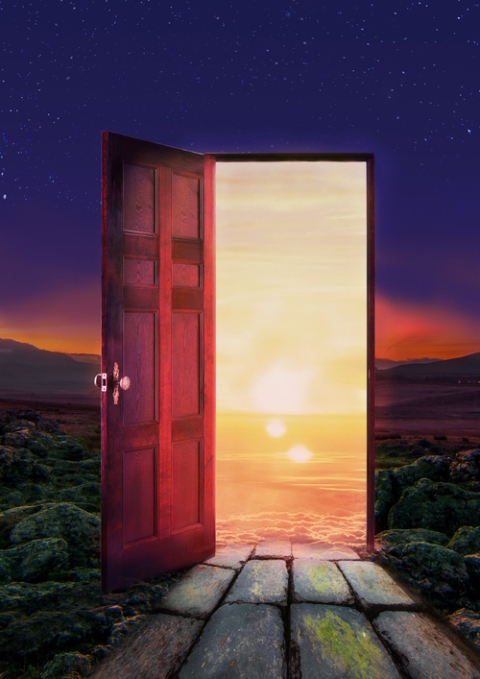Advait Praturi
The House and the Dweller: A Holistic Framework for Understanding the Post-Mortem Continuity of Personal Identity in Tolkien’s Work
One of the most significant events in Christian theology is undoubtedly the resurrection, "a new kind of happening" that "anticipates the coming fulfillment of the creation project," which includes, among other prospects, the hope of the resurrection of the body. Yet any scholar that attempts to understand the nature of bodily resurrection must inevitably wrestle with two difficult yet interrelated questions: "how are we to think of the (re)constitution of human nature after death and how are we to understand the transition of being from one physical body to another in rebirth?" Of course, a variety of propositions emerge to answer these questions, including but not limited to body-soul dualism, reductive physicalism, non-reductive physicalism and monism.
Of particular interest in Tolkien’s work is the relationship between fëa (spirit) and hröa (body) upon the death of the hröa. In simple terms: if the fëa is given a new hröa in reincarnation, can there truly be immortality and continuity if the hröa is essential to one’s identity? A surprising amount of Tolkien’s work is dedicated to this question, and even Tolkien wrestled with the question of memory and identity of a "houseless" fëa in relation to its own body. What is clear from Tolkien’s reflections is that with regards to the subject of the body and the spirit, "Eru had made the ‘spirits’ of His Children (Elves and Men) of such a nature that they needed physical bodies." Indeed, as noted in Athrabeth Finrod Ah Andreth: "the fëa when it departs must take with it the hröa" for Men and Elves are "truly Incarnates" founded out of a "union of love and peace between the House (hröa) and the Dweller (fëa)."
This paper aims to wrestle with the nature of reincarnation in Tolkien’s work and offer a framework by which to best understand continuity of personal identity upon the death of the hröa — specifically amongst Men. By interacting with the work of scholars such as Thomas Aquinas, American philosopher Nancey Murphy and Finnish theologian Veli-Matti Kärkkäinen among others, this essay will assess whether Tolkien’s work best reflects body-soul dualism, reductive physicalism, non-reductive physicalism, or monism. In short, this paper hopes to prove that Kärkkäinen’s "multi-dimensional monist framework" provides the most holistic solution in thinking about the continuity of personal identity in Tolkien’s work — as it most adequately addresses the issues of duplication and mental causation, maintains the distinctiveness of personal identity, and addresses the bond between Eru and one’s fëa as a fundamentally embodied relationship.
Advait Praturi is the Director of Ergon Labs, LLC—a content strategy agency which specializes in Learning Experience and Curriculum Design in the Indian context. He holds a BA Economics (Hons) and BA Political Science (Hons) from the University of California, San Diego and an MDiv from Fuller Theological Seminary in Pasadena. He is passionate about Tolkien’s work and seeks to see a deepened appreciation of Fairy-Stories in India and the Global South. He currently lives in Mumbai with his wife, Erica, his cats—Star and Hobbes—and his socially awkward puppy, Luna.

